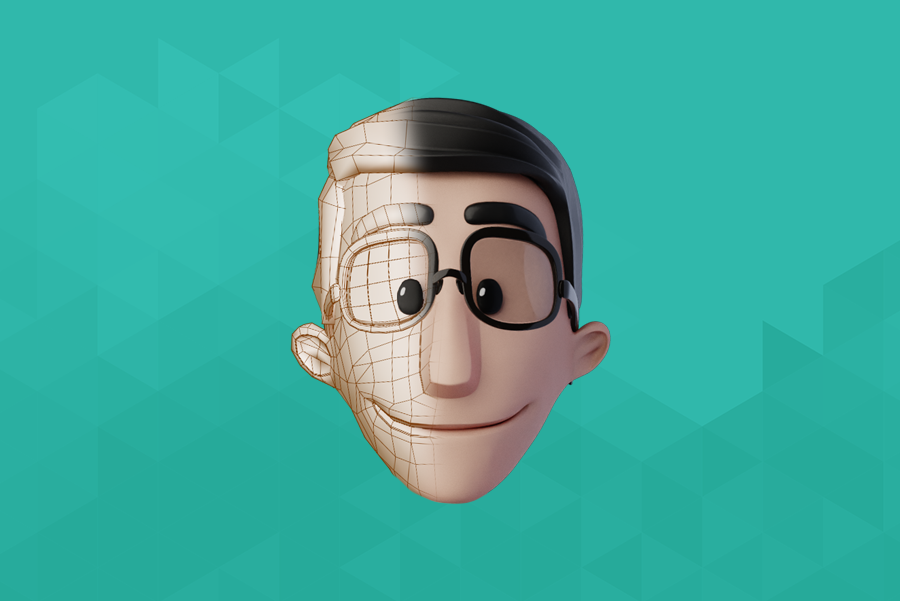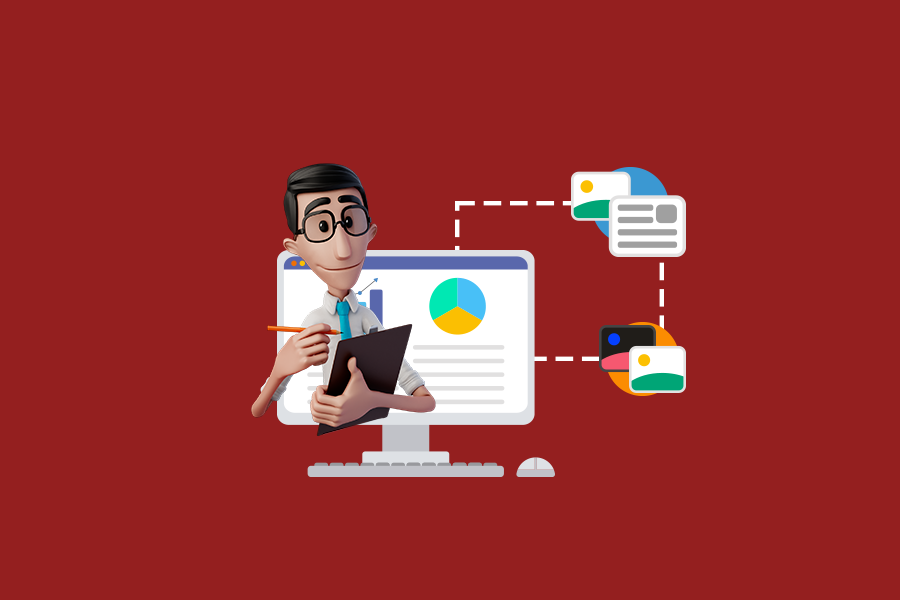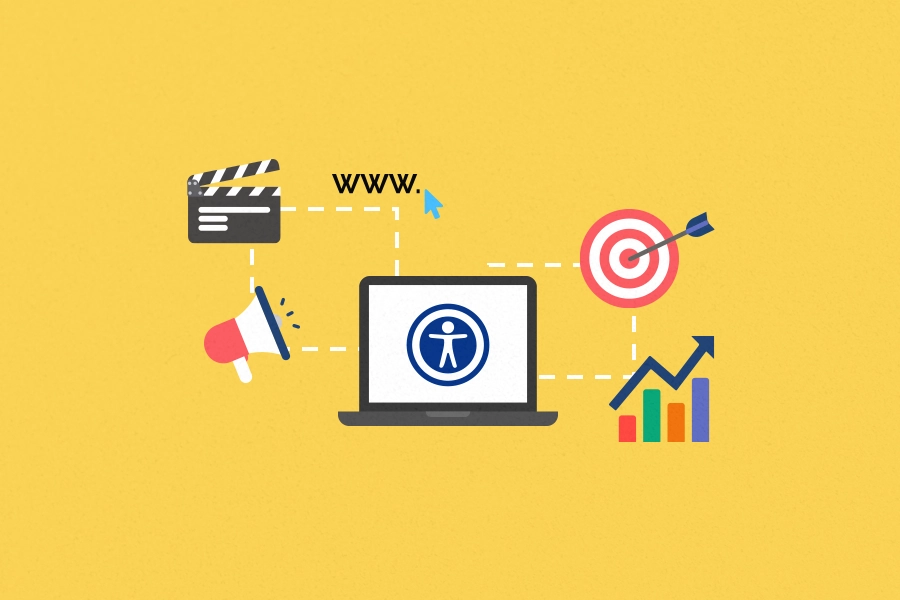
Artificial Intelligence (AI) for Social Good through Accessibility

How can Artificial Intelligence (AI) promote digital accessibility, and what are the impacts of this? Accessibility precedes artificial intelligence, and yet, they can come together. In fact, modern digital AI mechanisms are key to fostering accessibility for People with Disabilities.
But how is this possible? To answer these questions, this article explains what are the social effects of this union. On top of that, it is possible to learn about the concept of machine learning, and also the Hand Talk Plugin: all factors that aim to promote social good through AI.
So tell me, do you want to know more? Then be sure to check out this text!
Have a good read!
What is artificial intelligence?
Before understanding how artificial intelligence relates to the social aspect of things, it is important to be familiar with the concept. But, in any case, you have probably already dealt with AI, even if you didn’t know it.
In this super article from Google: “Five things you (probably) didn’t know about artificial intelligence”, you can learn about several everyday AI functionalities. Among them, the use of virtual assistants, be that for weather forecasting or location tracking. Or even if you accessed Google Photos searching for a specific media. These and many other functions are part of Artificial Intelligence actions.
But what is the concept of this mechanism? To answer, you must think about the union of technologies, systems and algorithms to simulate human intelligence.
In reality, artificial intelligence is a branch of computer science that aims to simulate human intelligence to think, understand, make decisions and solve problems, in a machine.
How can Artificial Intelligence (AI) be used for social good?
Nowadays, one of the applications of AI has been in addressing the big global climate crisis. This is already a very important role for the world. Besides that, even without understanding the concept, many people have access to artificial intelligence.
This means that the AI’s reach is effective, and if used for good, can positively impact many people. Therefore, it is important to also think about how to use this intelligence to bring benefits to our society.
In this sense, one solution is to work with assistive technology. It is the tech related to any and all devices that operate with the goal of promoting accessibility for people with disabilities, whether they may be permanent or temporary.
And, because AI serves as an impulse for digital transformation, there is nothing better than this technology also promoting accessibility in the digital world. Therefore, some initiatives are already being put into action based on the use of accessibility softwares.
And this has been done specifically through machine learning technology. A branch of AI, that aims to create computer programs that automatically improve their performance through experience.
That is, the machines adapt, molding themselves according to the user’s experience.
Check out some examples of assistive technologies that involve machine learning::
- Voice systems that read web pages for blind and visually impaired people;
- Sign Language translators for deaf people;
- Alternative communication softwares for people with speech difficulties, and so on.
Artificial Intelligence and the social good: Hand Talk’s role
After understanding the scope and opportunities around artificial intelligence, Hand Talk couldn’t be left out. So we broke barriers and made communication inclusive for deaf people, and began betting on what AI has to offer.
Initially, still in 2012, we started with the app that translated audio and text to Brazilian Sign Language – Libras. However, the idea – already visionary – solidified with the possibility of increasing the impact of digital accessibility through artificial intelligence.
So, through the virtual translators Hugo and Maya, built with machine learning mechanisms, Hand Talk offers an effective connection between deaf and hearing impaired people to companies. The Hand Talk Plugin, created to bring accessibility to these organizations’ websites, translates content in text and images to Libras, providing autonomy and independence to this public when consuming online. Furthermore, this AI, which even received investments from Google, breaks down communication barriers and socially impacts thousands of people.
And, as digital accessibility through artificial intelligence has proven effective, the goal is to dream even bigger! Therefore, besides translating from Portuguese to Libras, Hand Talk aims at another language in the Hand Talk Plugin. The idea is that, just like in the app, Hugo and Maya can translate web pages in English to American Sign Language (ASL). This is the effect of the growing positive partnership with artificial intelligence through accessibility in the digital world!


